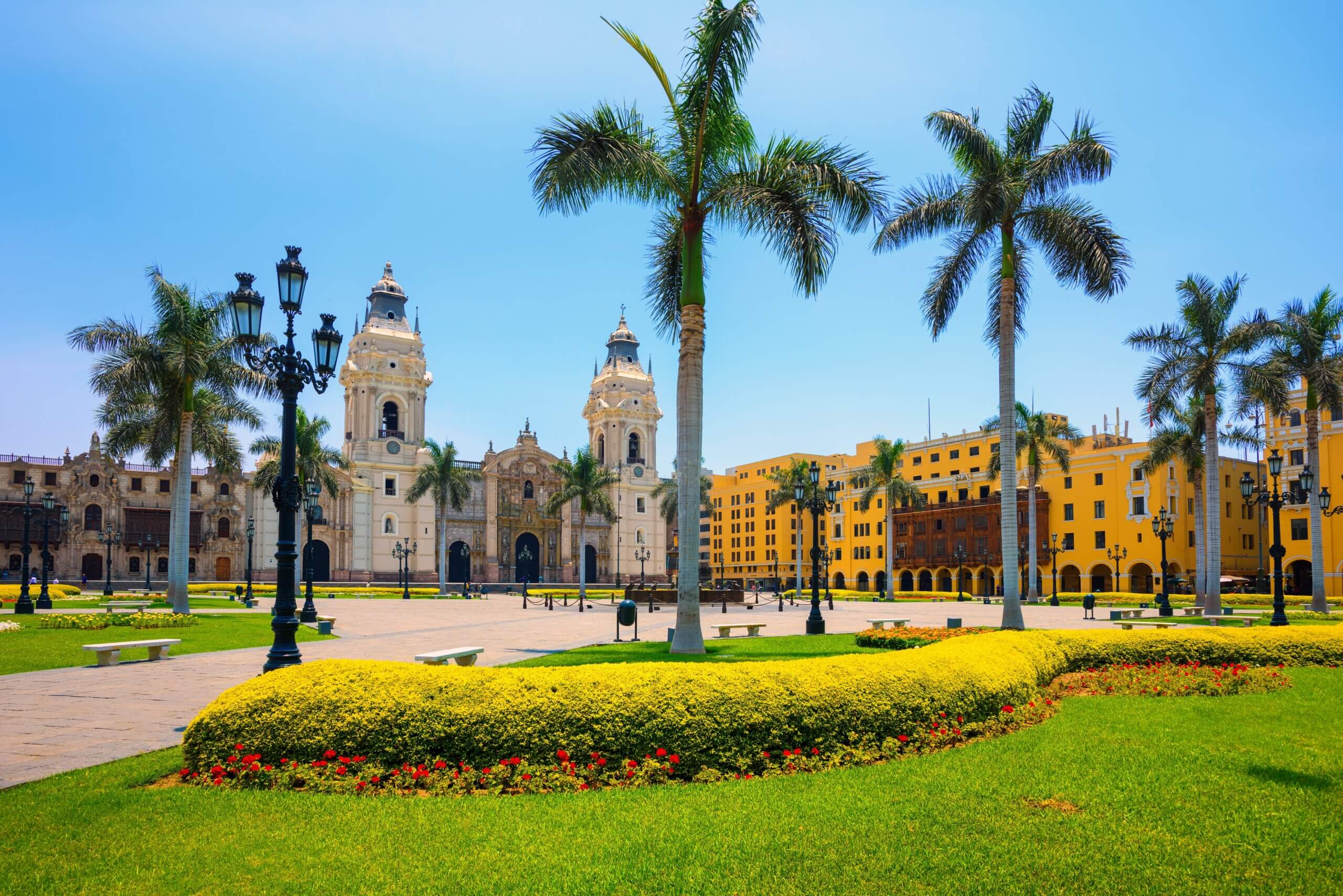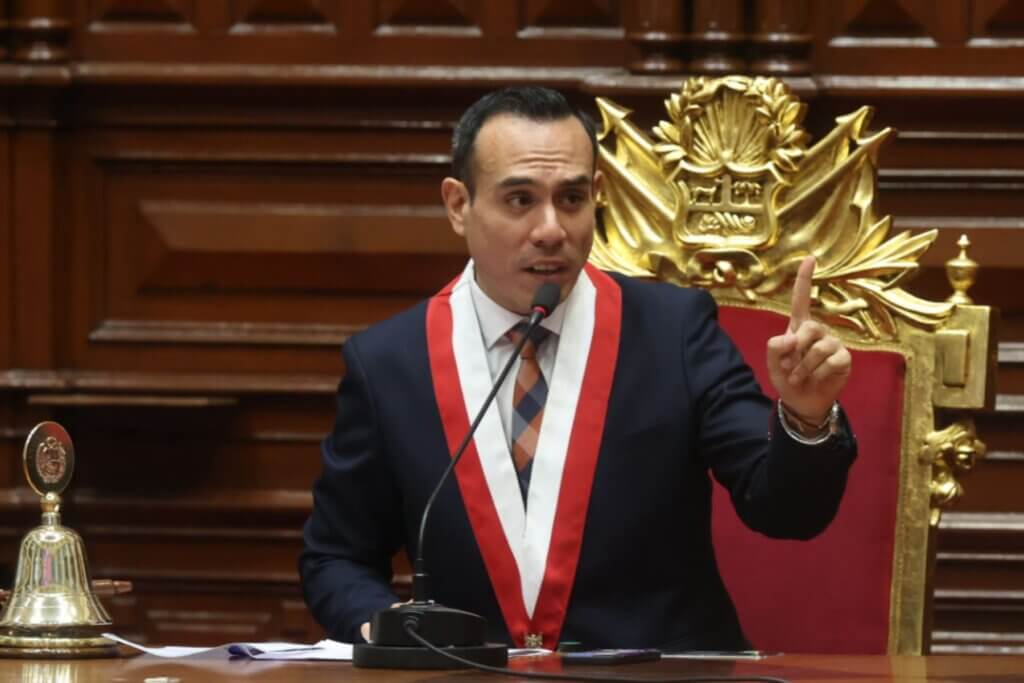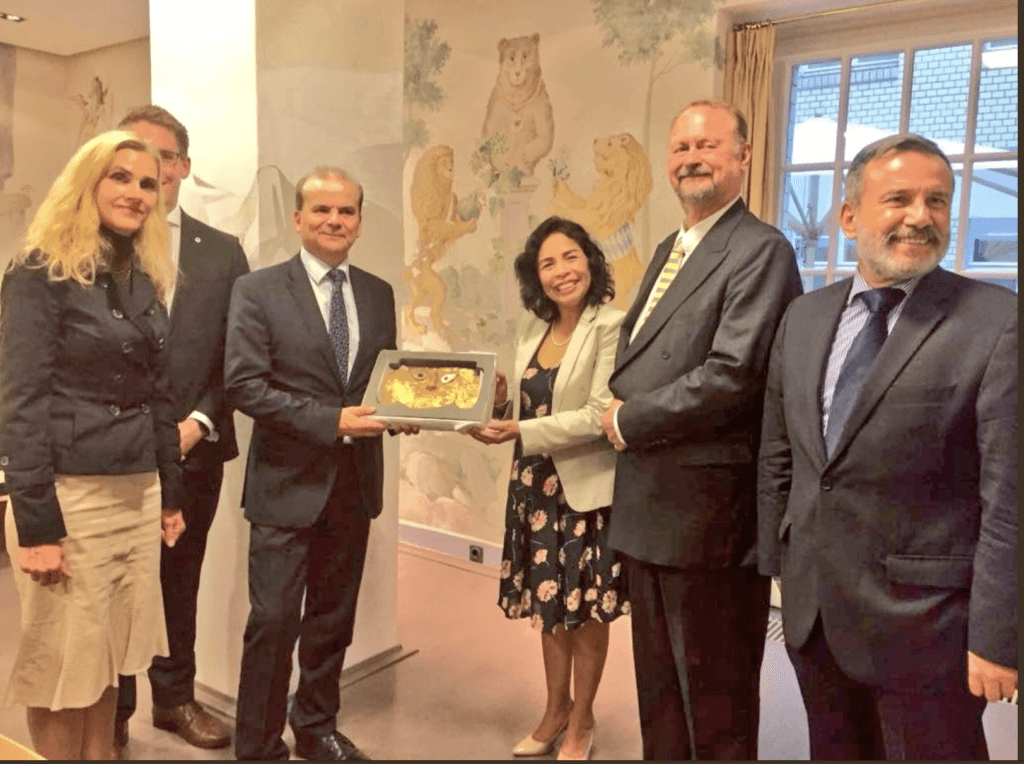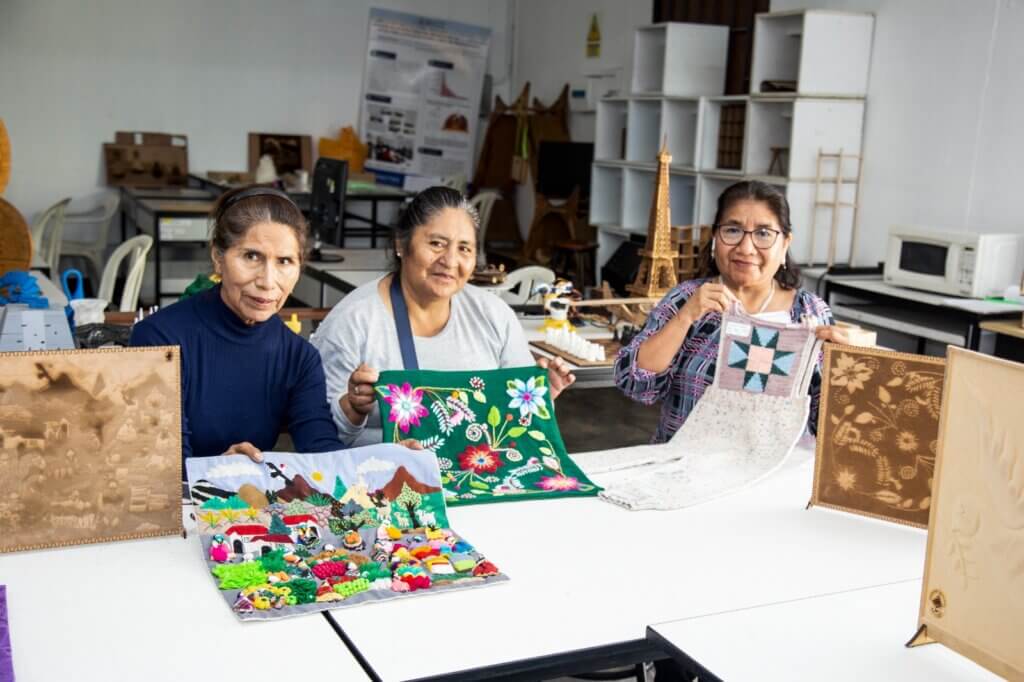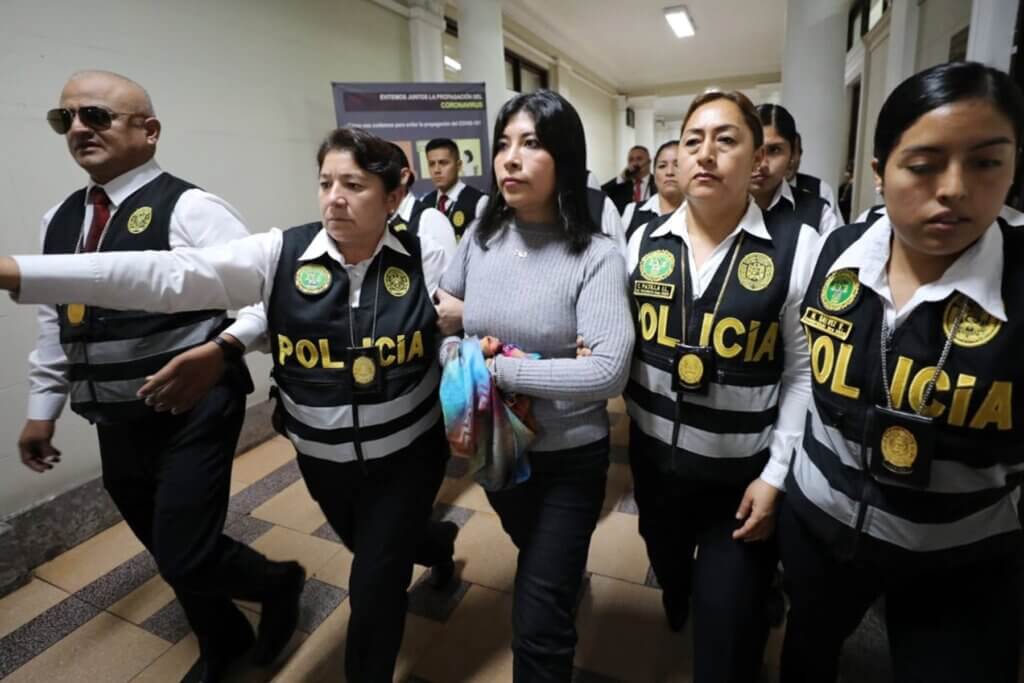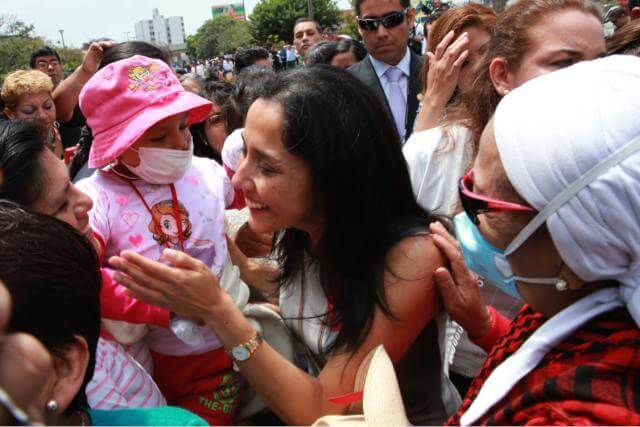Lima, Peru – Lima, the capital of Peru, was declared a UNESCO World Heritage Site in 1991 due to the exceptional value of its historic center: an urban jewel filled with baroque churches, colonial convents, and centuries-old mansions. Now, nearly 35 years later, this heritage is being transformed by an ambitious initiative led by Luis Martín Bogdanovich, director of the city’s ProLima program.
“We want to restore Lima’s Historic Center in a comprehensive way,” Bogdanovich said in an interview with Peru Reports.
And it’s about much more than just walls and façades. “The historic center isn’t just a collection of buildings, it’s what we call a historic urban landscape. It includes San Cristóbal Hill, the Rímac River, local traditions, the way people speak, religious processions. All of that tangible and intangible heritage is what we want to recover,” explained the official from the Municipality of Lima.
A Master Plan with a 2035 vision: commitment and strategy
The Master Plan for the Historic Center of Lima through 2029, with a vision to 2035, is the blueprint guiding this transformation. Approved in 2019, it is a comprehensive technical document of over 4,000 pages, developed in collaboration with Peru’s Ministry of Culture and the UNESCO World Heritage Centre.
“Peru signed the UNESCO Convention in 1972, committing to preserve its cultural heritage. At ProLima, we’ve been working to uphold that commitment, especially since the approval of the plan,” said Bogdanovich.
A key milestone was the passage of Law No. 31980, which ensures a stable annual budget for revitalizing the Historic Center. “At this point, progress on this path is more than promising,” he noted.
Restoring churches: art, faith, and community
Among ProLima’s most visible accomplishments is the restoration of the city’s religious heritage, a central aspect of Lima’s identity. “Religious buildings are the most beautiful monuments ever created by man for God,” said Bogdanovich. “They are also spaces where the spirit of a people is revealed.”
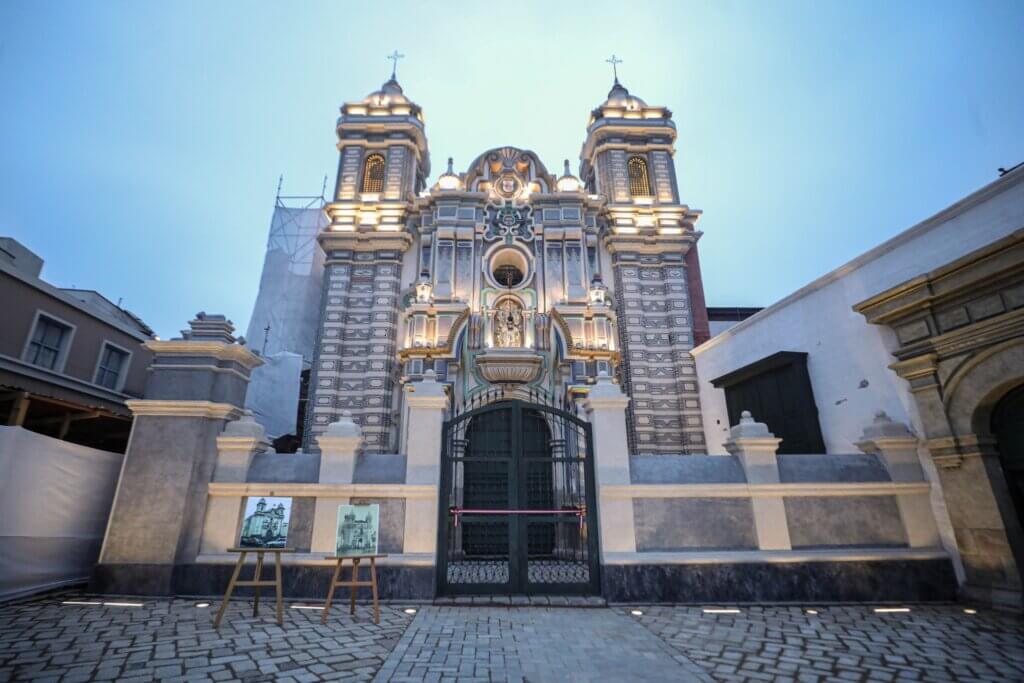
The Convent of Santo Domingo, where Saint Martin de Porres lived, was restored over four years. The project included ornamental lighting, work on the bell tower, walls, crypts, and atriums. Restoration of the interior is now underway, including the Camarín de la Virgen del Rosario, described by Bogdanovich as “a space of exceptional beauty, little known by the public.”
ProLima has also restored the Sanctuary of Saint Rose of Lima, patroness of Peru and the Americas, and La Recoleta Church, where Saint John Macías once lived. While doing archaeological work, the team uncovered the saint’s original porter’s lodge, preserved beneath the current floor level.
“Restoring a religious building doesn’t just mean recovering a structure—it helps revive the popular devotion that once filled these sacred spaces,” Bogdanovich emphasized.
Barrios Altos: from neglect to tourism hub
Barrios Altos, one of Lima’s oldest neighborhoods, is undergoing a renaissance thanks to these restoration efforts. “In 2025 alone, we’re restoring five churches in this area. Nothing like this has ever been done before,” Bogdanovich said.
One notable example is the Church of the Buena Muerte, part of a broader urban renewal project that includes the neighboring plaza and future pedestrianization of Jirón Áncash, a move expected to attract more visitors and private investment. “It’s a virtuous cycle that uplifts the entire area, creating jobs, commerce, and community pride,” he said.
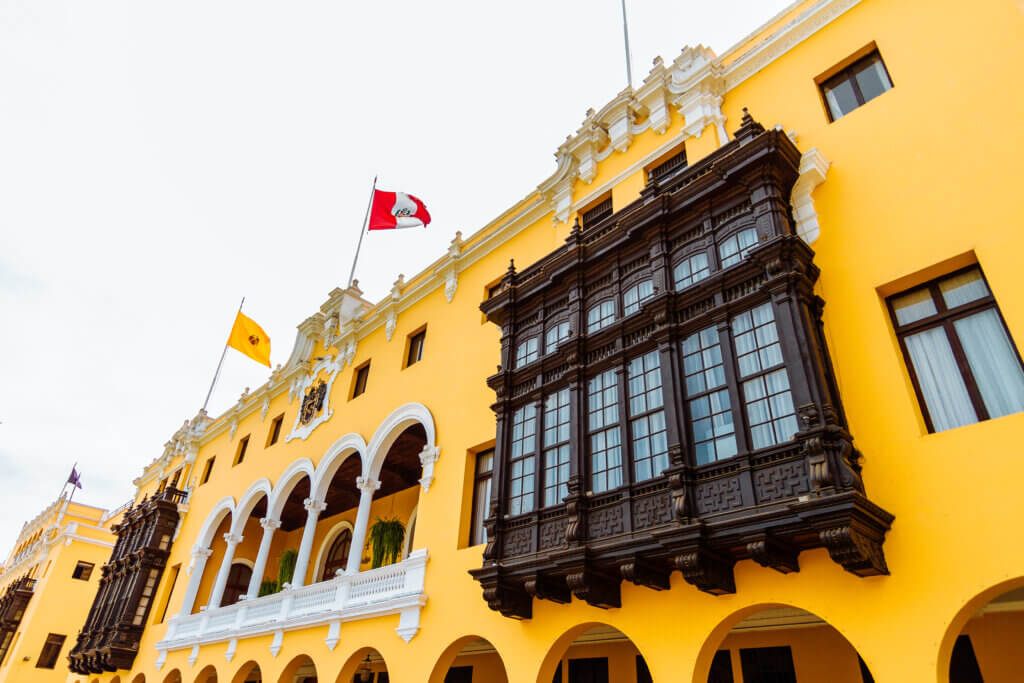
At the Quinta Heeren, a 19th-century mansion, ProLima plans to create a new tourist hub. And at the Hospital Real de San Andrés, a new school for Traditional Knowledge and Trades will train young locals in historic restoration techniques.
A city reconnecting with its river and its story
The project also looks to revive the Rímac, long known as Lima’s “talking river.” Through the Special Landscape Project for the Rímac river, 50 interventions are planned to enhance its environmental and scenic value, reconnecting it with the life of the city.
Nearly 200 historic buildings in the center already have partial restoration projects in motion, and an additional five are awaiting approval for full restoration.
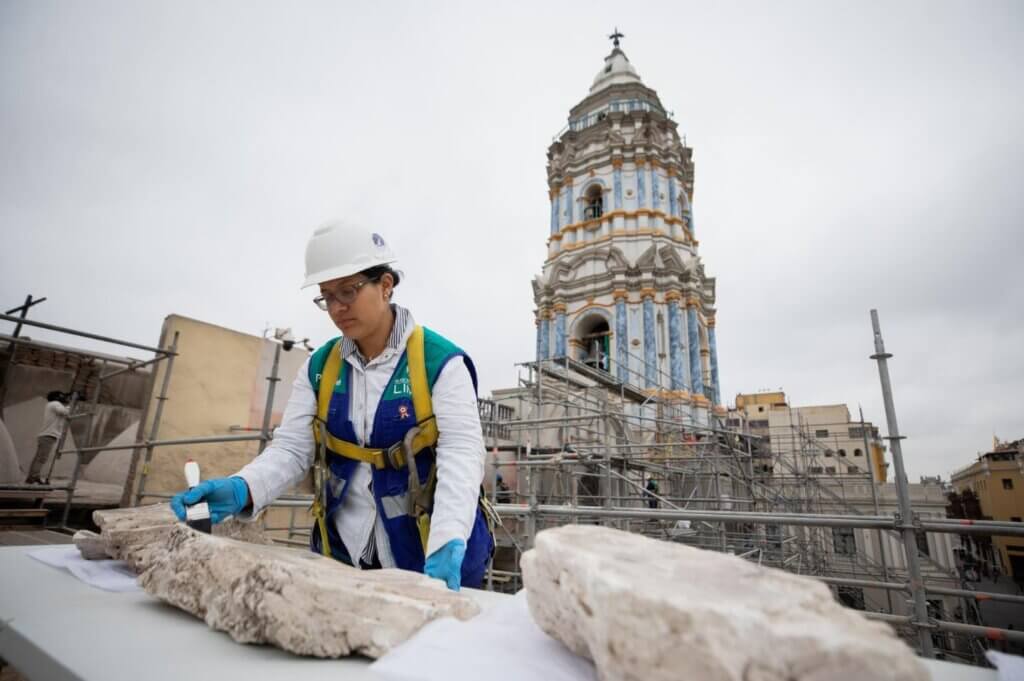
Toward 500 years: a renewed Lima
For Bogdanovich, this effort is about more than preserving beauty. Rather, it’s about restoring the soul of the city.
“The physical restoration of a building goes far beyond the material. It impacts identity, tourism, the economy, faith, and the sense of community,” he said.
In 2035, Lima will mark 500 years since its founding. Its historic center is steadily moving toward renewal, not only as a testament to its past but as a living, breathing space where history, faith, culture, and progress converge for future generations.


